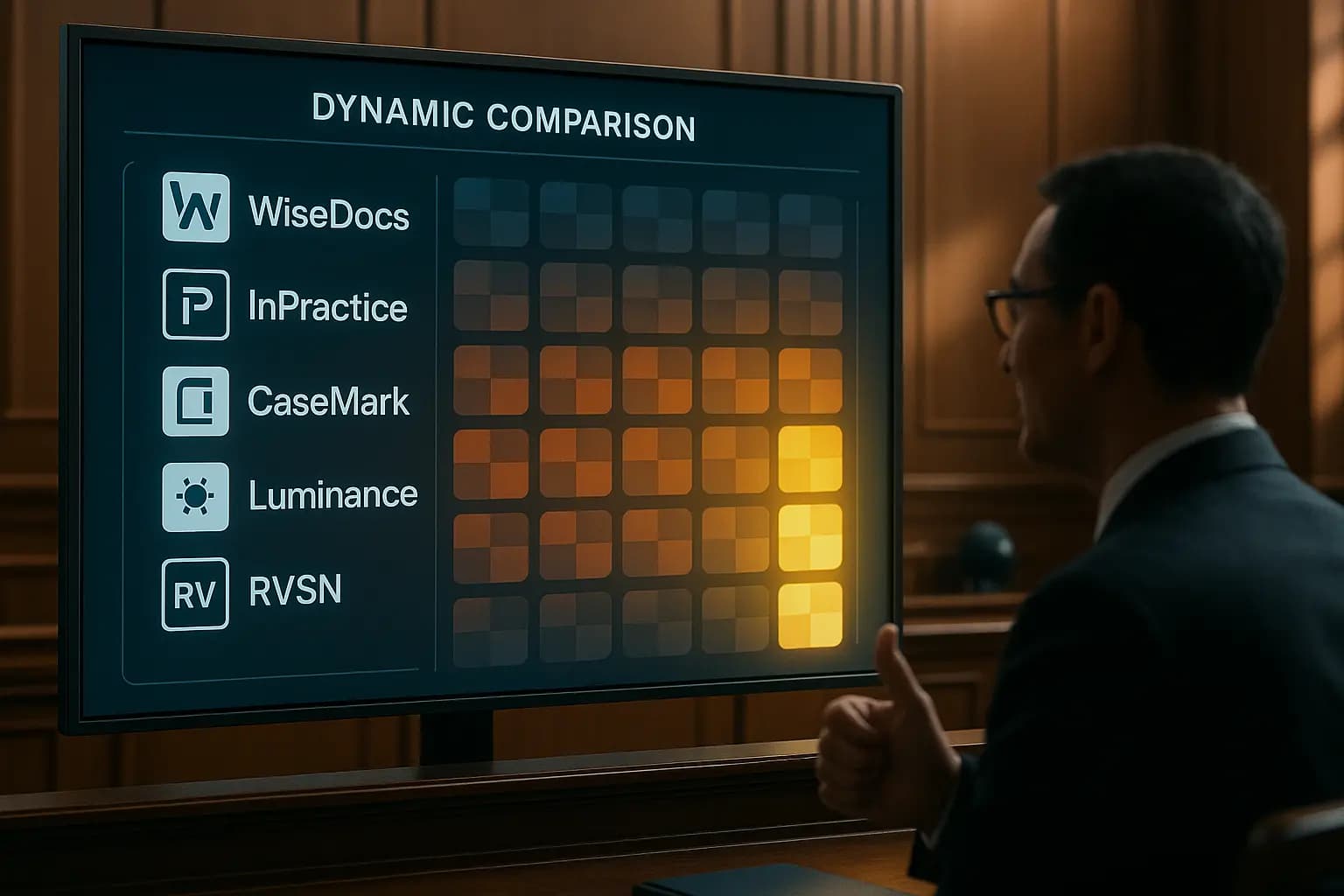AI‑Powered Auto Injury Defense: Faster Reviews, Smarter Depositions, Stronger Timelines

Introduction – Why "Good Enough" Isn't Enough Anymore
Auto‑injury defense has always been a race against the clock: towering medical files, escalating damages, and plaintiff teams armed with ever‑richer tech budgets. When every minute matters, traditional manual workflows leave defense counsel overworked and under‑resourced.
Enter AI built for defense attorneys—tools that triage thousands of pages in minutes, draft deposition outlines on command, and transform scattered evidence into crystal‑clear event timelines.
This article shows how you can reclaim hours, sharpen strategy, and deliver measurable value to carriers and self‑insured clients alike.
1. Rapid Medical‑Record Triage & Analysis
Contextual extraction
Natural‑language processing (NLP) flags ICD‑10 codes, injury severity, and prior conditions in seconds.
Inconsistency alerts
The platform cross‑checks reported symptoms against treatment dates to surface red flags.
Actionable summaries
Receive one‑page, source‑linked briefs instead of 4,000‑page PDFs—perfect for early‑case assessment or mediation prep.
Benefit:
Cut "records review" line‑item hours by up to 80%, freeing senior attorneys for high‑value tasks.
2. Smart Deposition Builder With Contextual Intelligence
Depositions win (or lose) auto‑injury cases. Our AI engine combs the medical analysis, police reports, and discovery to:
- Suggest targeted questions that expose gaps in causation or damages.
- Auto‑tag exhibits so you can pivot screenshare evidence mid‑question.
- Adapt jurisdiction‑specific templates (e.g., California CCP § 2025.420) while preserving your firm's style guide.
Benefit:
Condense a two‑day deposition‑prep marathon into a morning workshop—without sacrificing thoroughness.
3. Interactive Event Timeline Visualization
Juries (and adjusters) think in stories. Our timeline module:
- Synchronizes EDR data, treatment dates, and claim correspondence.
- Highlights latency between incident and first medical visit (a credibility hotspot).
- Exports to PDF or trial‑presentation software with one click.
Benefit:
See the case narrative instantly, spot causal breaks, and present a persuasive story at mediation or trial.

4. Seamless Workflow Integration
| Challenge | Native Integration | Outcome |
|---|---|---|
| Case‑file intake | Clio, iManage, NetDocuments | Zero duplicate data entry |
| Research & analytics | Westlaw Edge, Lexis+ | One‑click citation insertion |
| Billing | TimeSolv, Tabs3 | AI‑generated UTBMS codes for transparent invoicing |
5. Ethical, Secure & Compliant by Design
- Data residency options (U.S./EU) and AES‑256 encryption in transit & at rest.
- SOC 2 Type II certification and HIPAA‑ready architecture.
- Human‑in‑the‑loop controls: AI never files without attorney sign‑off.
6. Measuring ROI: From Billable Hours to Better Outcomes
| KPI | Baseline | With AI | Improvement |
|---|---|---|---|
| Average record‑review hours/case | 12 h | 3.5 h | ↓ 71% |
| Deposition‑prep hours | 8 h | 2 h | ↓ 75% |
| Defense verdict or favorable settlement* | 62% | 74% | ↑ 19% |
*Internal pilot across 87 auto‑injury files
7. Case Study – Defending a National Fleet Operator
Result: $850k claim reduced to $90k nuisance settlement.
- Week 1: AI flagged prior lumbar issues in claimant's 2017 records.
- Week 2: Deposition builder surfaced social‑media posts contradicting pain complaints.
- Mediation: Visual timeline showcased 3‑month treatment gap. Carrier settled within authority.

8. Quick‑Start Onboarding (3 Steps)
- Secure data‑processing agreement (includes carrier addendum).
- Import historical matters for immediate AI training.
- Launch pilot on live files, with success metrics tracked in‑app.
Average time to first win? 14 days.
9. Frequently Asked Questions
How does the AI handle PHI?
All PHI is tokenized; de‑identification available.
Will junior associates be replaced?
No—AI handles grunt work so juniors focus on strategy.
Can I control citations?
Yes, toggle Bluebook or California Style Manual.
What about conflicts checks?
API hooks into your firm's database pre‑ingestion.
Conclusion – Future‑Proof Your Auto‑Injury Defense Practice
Winning auto‑injury cases now demands speed, data mastery, and compelling storytelling. Our AI platform equips defense firms with all three—without ballooning overhead.
Ready to see it in action? Try us today risk free and bring a live file; we'll show you cost savings before the call ends.

RVSN Team
Legal Tech Experts
